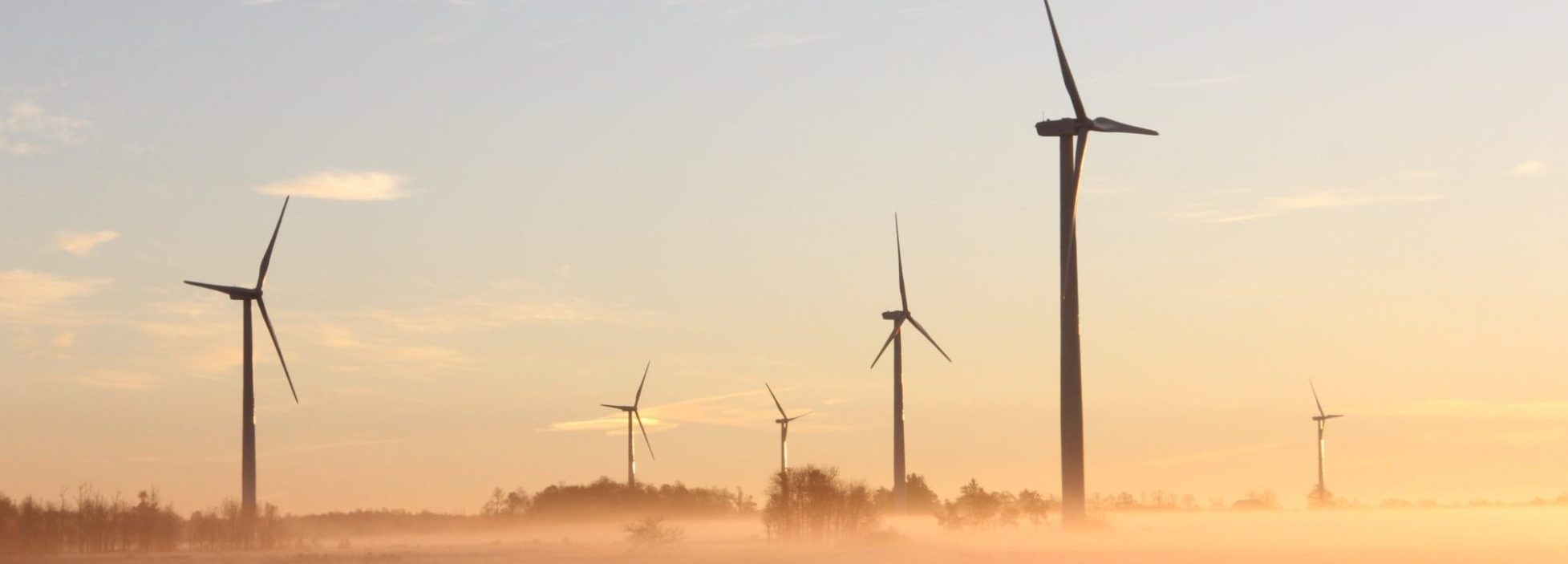
What to expect and how to plan for the Energy White Paper
The last Energy White Paper was published over a decade ago. It is long overdue a refresh, but what can we expect and how should business plan for the next steps that will follow?
The (truncated) background
There’s been a lot of industry chatter about the continued delay of the Energy White Paper. Due to be published in summer 2019, it was first delayed so that officials in BEIS could recalibrate the plan to net zero legislation. Understandable.
Then there was the small matter of the general election; and without warning Covid struck. Every time officials and ministers thought they had a few quiet weeks to dot the ‘Is’ and cross the ‘Ts’ something has happened to knock them off course.
Knowing that a White Paper like this can only be delayed for so long, Alok Sharma told the BEIS Select Committee in July that he ‘very much’ hoped it would be published with the Heat Strategy and the Building Strategy alongside the Autumn Budget.
Coordination of big-ticket policy announcement – made sense. Waiting until autumn – that was ok.
Two months later and the Chancellor cancelled the Autumn Budget.
What we do know
We don’t know exactly when the Energy White Paper will be published. The Government’s public line on ‘autumn’ has been repeated since the Budget was cancelled, but publication could easily drift into the first quarter of next year.
Timing aside, we know that the White Paper’s central aim is to put the UK on the path towards the decarbonisation of the entire energy system. Its scope is huge.
Importantly, unlike previous Energy White Papers which have been largely left to ministerial and civil service teams, pored over by policy professionals, and written about by energy journalists, this edition is being teed up to support a broader political agenda – namely economic recovery.
The Government wants to be seen, through this White Paper, to support green infrastructure, green jobs and green consumerism. Balanced against this is the need to keep consumer costs down – households for electoral reasons, and commercials for global competitiveness reasons.
In an attempt to make this balance, the Energy White Paper won’t be bursting with huge sums of money. Instead it will seek to catalyse investment into generation, smart grids, battery technology, carbon capture and storage in addition to supporting the decarbonisation of transport and heat. It will also seek to support new and embryonic markets for innovative products and services whether that is hydrogen fuel or renewable heat.
Part of this will be funding allocations, but arguably more important will be the adjustments made to criteria for accessing financial mechanisms, changes to codes covering electricity and gas, the evolution of Ofgem as a regulator, and modifications to the regulatory regime itself.
Generators, suppliers, network operators, system operators, manufacturers, aggregators, brokers and investors – all will be impacted to varying degrees by the Energy White Paper. Beyond them there will be consequences for all modes of transport.
How you should plan
Here are four points to bear in mind when preparing for the Energy White Paper’s publication:
- Remember that publication is not codification. This is a White Paper – a statement of the Government’s intent for future policy proposals. It is not a detailed programme of every single action that the Government will take but rather the start of further consultation on the detail. Do not despair if what you would like to see in the White Paper is not there as you may be able to use another proposal as a vehicle.
- Start building alliances now. A chorus of support for your campaign is always helpful but all too often businesses start the process of coalition building in the time they should be using to mobilise their champions. Think laterally about who your allies could be and don’t forget the consumer.
- Consider your reputation. The reception you receive to the points that you make will be formed, in considerable part, by the experience people have had of you – directly or indirectly. For example, a District Network Operator who has a credible track record helping vulnerable customers will have a stronger starting point to work from when it comes to conversations on measures to support with the cost of living than an organisation that does not. Be prepared to act now in improving or strengthening that relationship with stakeholders.
- Prepare for a marathon, not a sprint. The last true Energy White Paper was published in 2007. It was 344 pages long and covered everything from international diplomacy to subsidy regime changes. The legislation and regulation that spun off it were still working their way through Parliament well into the second Conservative administration. Design a campaign that factors in durability and that utilises every opportunity that the legislative timetable will offer.
To book a discussion with our dedicated energy team, please email naomiharris@wacomms.co.uk